Google’s new flagship phone lineup goes on sale tomorrow, and I’ve been using the Pixel 9 for almost a week.
I haven’t used it enough yet to bring you a full review, largely due to a wave of new software features, notably Gemini, but I have plenty of thoughts so far on the design, hardware, and more.
We have a full Google Pixel 9 Pro XL review that you should read.
Design
While I’ve been a fan of Pixel phone designs since the beginning, I’m a little conflicted this year.
Google has always made sure that Pixel phones have a distinct character, from the two-tone backs of the first generations to the divisive camera bar introduced with the Pixel 6.
I’ve always loved Google’s aesthetic, with its pebble-like shapes and generally pleasant colors, but the Pixel 9 series has undergone an overhaul in a new direction.
Build quality certainly looks better than ever, but Google has, simply put, gone all-in on the iPhone with this year’s design.
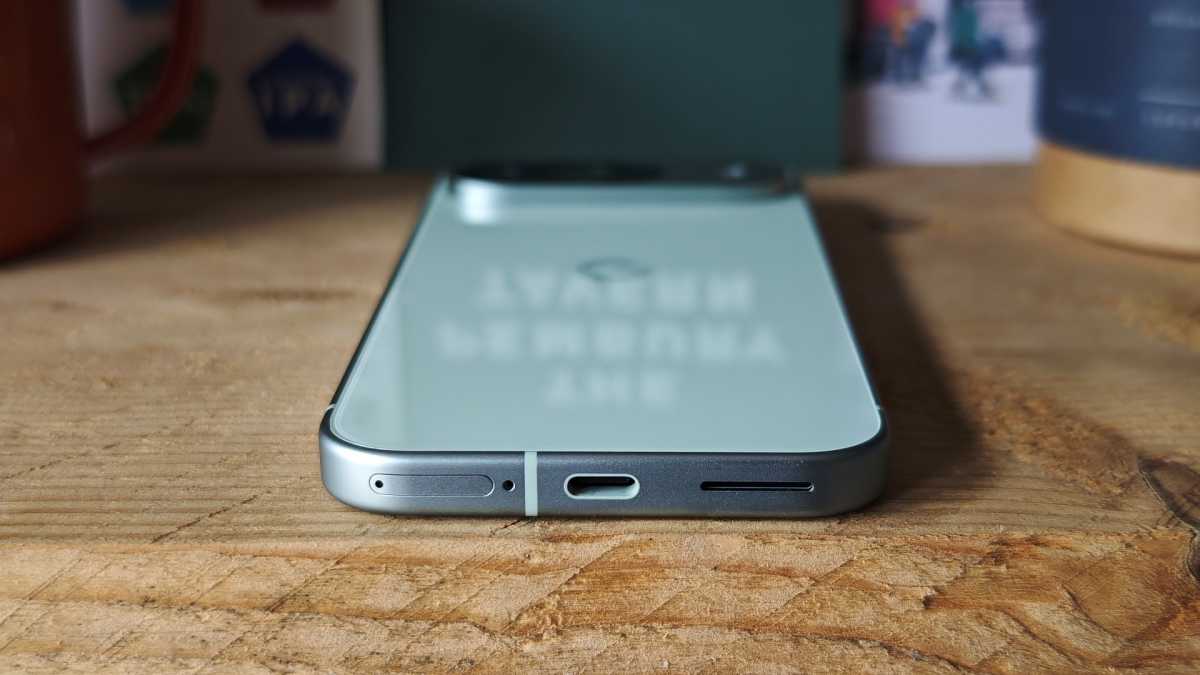
Chris Martin / Foundry
The flat sides and rounded corners are straight out of Apple’s design playbook, and aside from subtle details like button placement and the glossy back, it’s only the camera bump that would be the big giveaway if you blindfolded me and handed me the Pixel 9 and iPhone 15.
It’s not that Google did anything egregiously wrong here — I love the iPhone 15 — but it’s a shame to lose most of the Pixel’s personality and instead conform to trends. I prefer the old camera bar design that blended into the sides, and the glossy back is one of the slipperiest I’ve ever used (the Pros have a matte back but glossy metal sides).

Chris Martin / Foundry
A case is almost essential and, as always, it’s a shame to hide most of the phone. Especially since I really like the Wintergreen color I tested – Obsidian, Porcelain and Peony are also available.
Material
You could say that Google has always been a little behind the times when it comes to hardware with Pixel phones, but not in a major way.
However, the Pixel 9 has a number of upgrades that bring it closer to the standards of a premium phone.
Of course, you get the latest Tensor G4 chipset, which so far in my testing has made the phone run smoothly. The memory has also been increased by 50%, giving you 12GB as standard (the Pro models get 16GB).
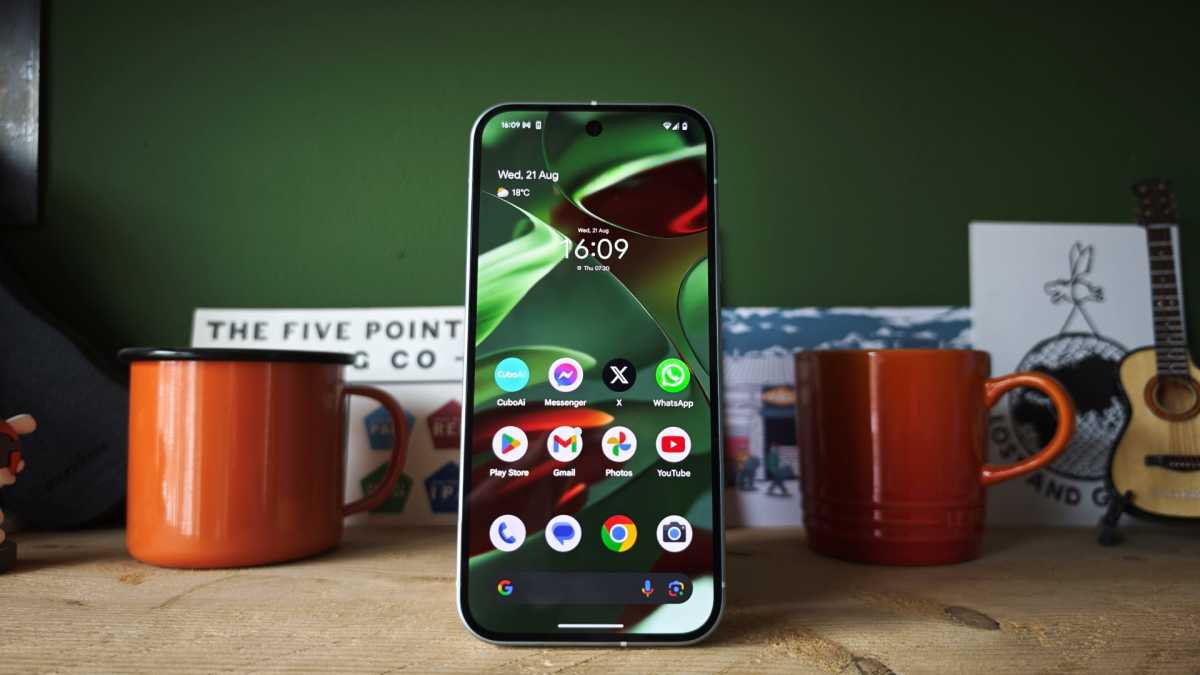
Chris Martin / Foundry
A more notable upgrade is the latest Actua display, which is much brighter than before, making it easier for me to use it outdoors. A thinner bezel also gives the Pixel 9 a more premium look.
It still lacks LPTO technology to reduce the refresh rate to 1Hz, but I found battery life to be decent with the larger 4700mAh cell, so I’m not going to complain too much. It’s a technology that’s naturally reserved for the Pro models.
Thankfully, Google has finally replaced its optical fingerprint scanner with an ultrasonic one and performance is much better on that front. Facial recognition also works well.

Chris Martin / Foundry
Things are similar on the camera side, with the main improvement being the jump from 12MP to 48MP for the ultra-wide camera. I’m still testing the cameras, but the results so far have been as impressive as we’ve come to expect from Pixel phones.
You still have to buy a Pro to get a telephoto lens, of course, as well as a higher-resolution selfie camera.
Here is a selection of samples from my testing so far.
Software
It may come as a surprise that the Pixel 9 series ships with Android 14. That’s because Google launched the series earlier in the year than usual, and Android 15 isn’t quite ready yet. However, you’ll be the first to get 15 when it arrives, and Google always offers seven years of OS and security updates, so I don’t consider it a big deal.
There’s still a lot of new stuff here, which is the main reason I’m not ready to give you a full review. Google Gemini is the main one, and AI is such a big thing in tech right now that there’s a lot to analyze and try.
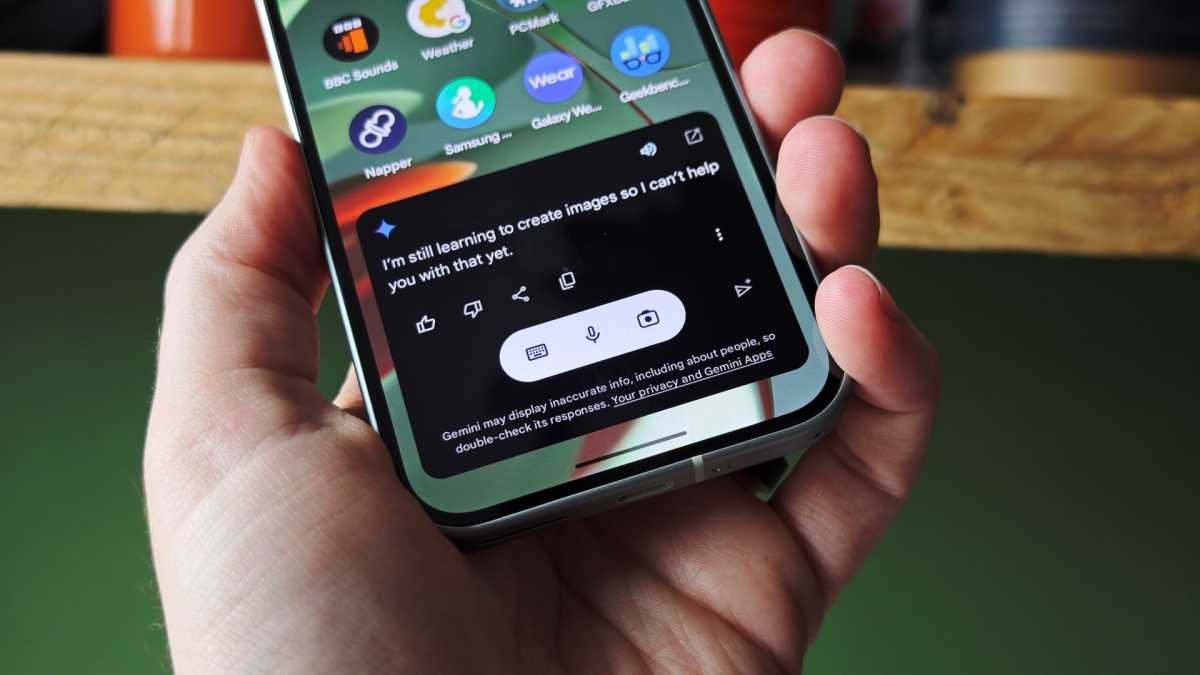
Chris Martin / Foundry
I don’t think Google has done the best job of communicating what Gemini is and its details, as if it’s a direct replacement for Google Assistant (which it is on the Pixel 9 phones).
As with many AI tools, it’s also difficult to know exactly what they can and can’t do.
The first time I opened Gemini, it told me it could create images, but when I asked for one, it said it couldn’t. The Pixel Studio app, which is dedicated to this task, isn’t on the phone either, although the installation process mentions it by name.
Gemini should also be able to respond to specific requests, like changing phone settings. While it can turn Bluetooth on and off, it can’t change how long my screen sleeps.
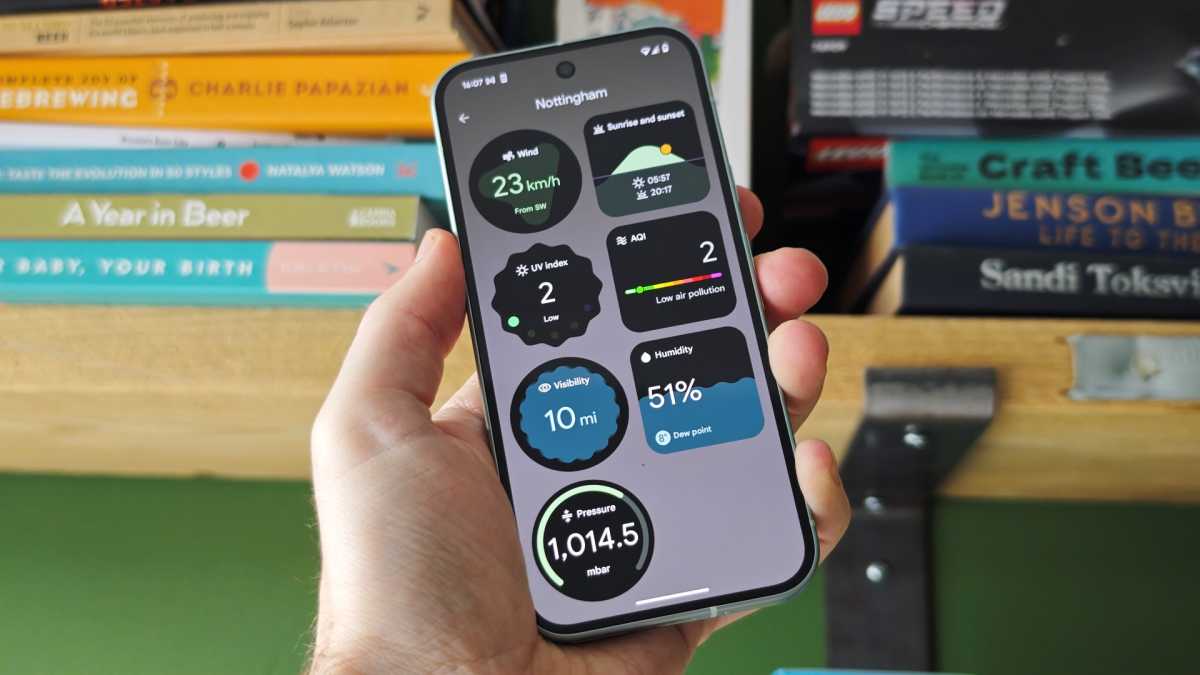
Chris Martin / Foundry
The other point of confusion, which is very different from Google’s, is the new weather app. I like it a lot so far, but there are actually two: the one embedded on the home screen under the date links to the old version, and the phone even asked me to create an app icon for it.
We don’t like seeing devices ship with the promise of upcoming features, but it might have been better for Google to fix these issues and release them with Android 15 later this year.
The three Android 15 features I can’t wait to try first
I have the Pixel Screenshots app, which I’m going to find very useful. I take a lot of screenshots (restaurant menus, maps, etc.) and the app not only filters them into its own app, but also lets you search for information in the same way you can search for “hamburgers” on Google Photos. This will probably save you time for information that you know is there somewhere but can’t find manually.
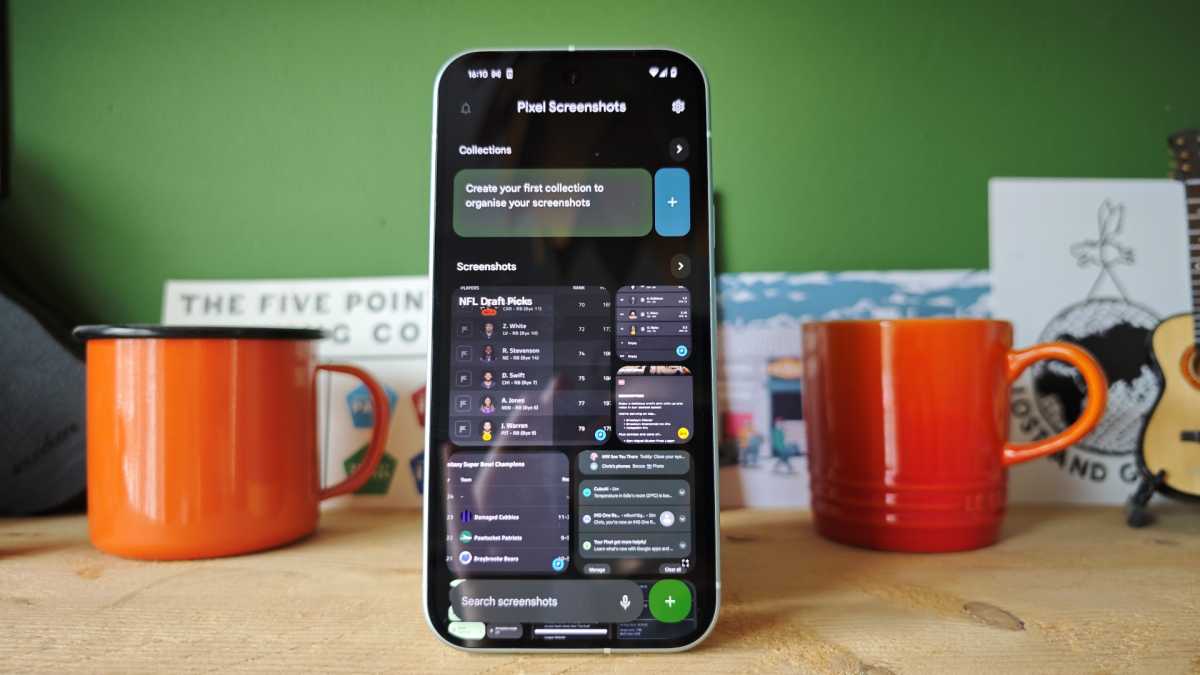
Chris Martin / Foundry
I also have new features like “Add Me” in the camera app, which allows the photographer to be in the picture by taking two photos and merging them together using AI. I’ll tell you how I get on with this and other camera features in the final review.
Price
The last thing to mention for now is that the price has gone up again. Over the last couple of years, the Pixel series has skyrocketed and now sits at £799/$799 for the cheapest model.
Not so long ago, the Pixel 6 and Pixel 7 cost £599/$599, so Google is now clearly positioning itself as a more premium option, rather than a value option, compared to Apple, Samsung and the best smartphones money can buy.
This makes it difficult to recommend and further strengthens the “buy last year’s model” argument, especially since Google’s seven-year software promise applies to the Pixel 8 range which, of course, has been scaled back now that it’s the previous generation.
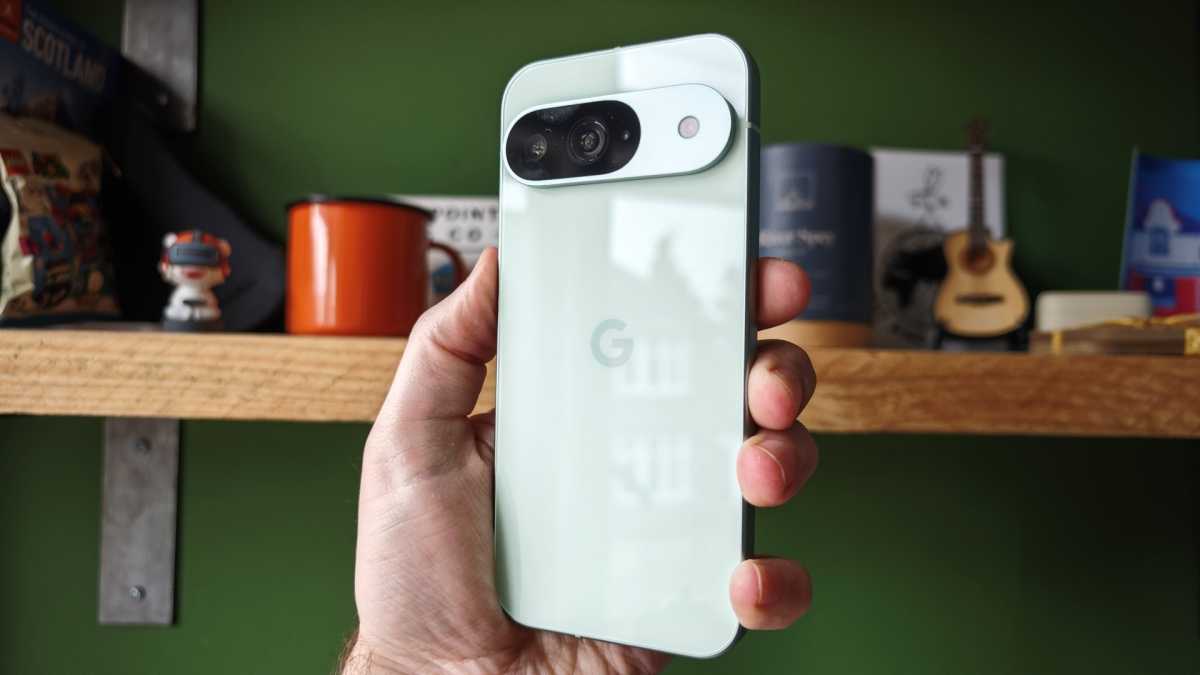
Chris Martin / Foundry
Early verdict
In summary, I’m more torn (and confused) about the Pixel 9 than I usually would be about Google phones.
The design is very iPhone-like, losing some personality, and while there are various welcome hardware upgrades and a bunch of new software features, I’m not entirely sure they’re enough to justify another price hike.
Check back soon to read my full review.
Table of Contents







